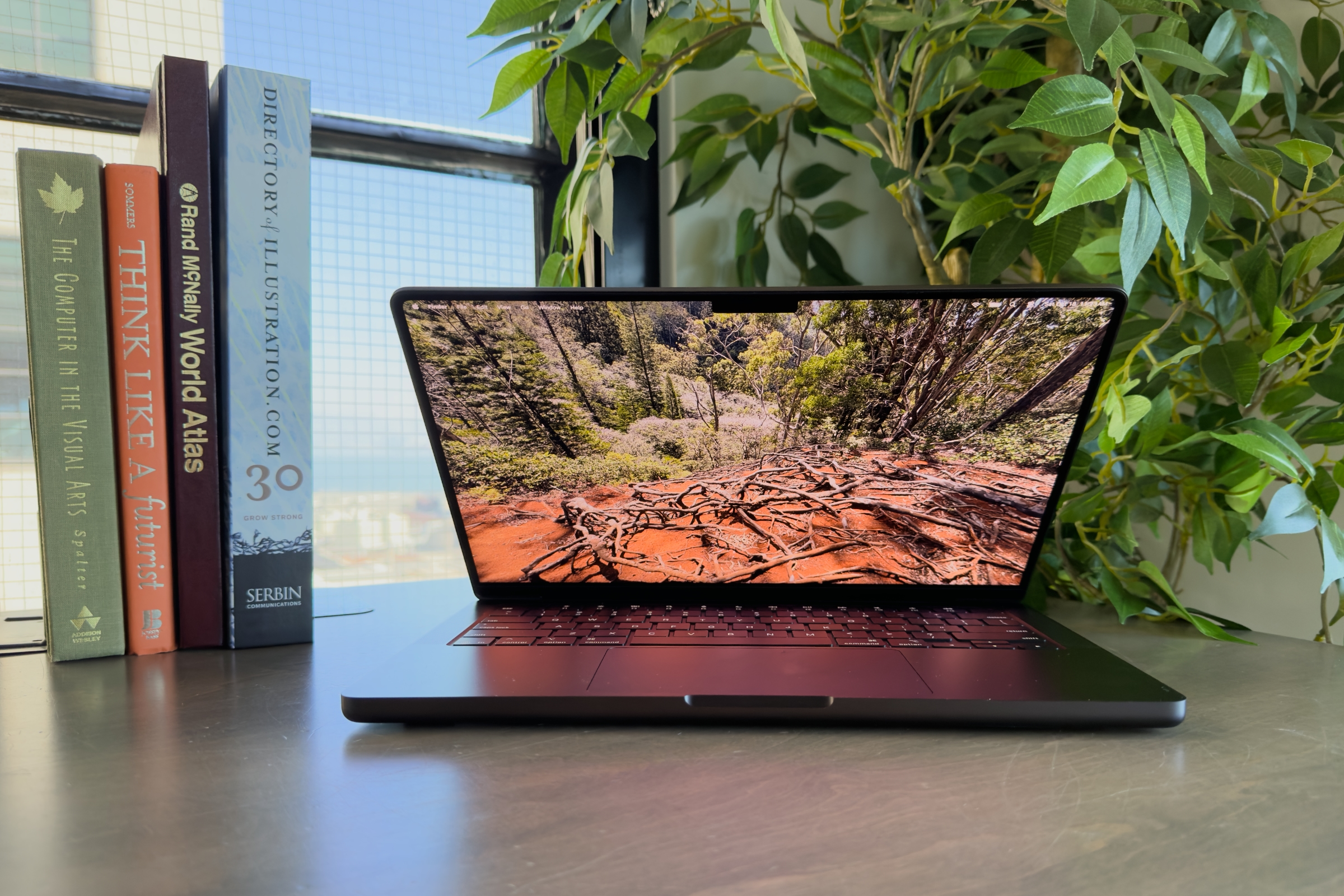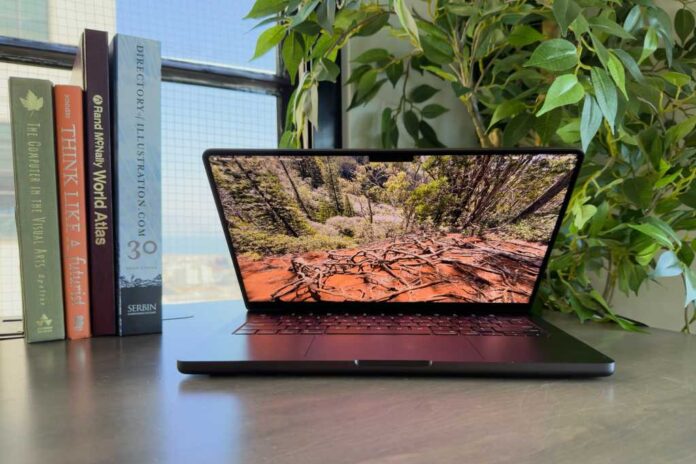
In my overview of the M5 MacBook Professional, the laptop computer’s graphics efficiency stood out. It gives a 35 p.c enhance in Metallic efficiency over the M4, which is critical. It’s additionally good for Apple’s Mac advertising and marketing, which, these days, features a larger effort to advertise recreation efficiency on the Mac. The M5’s enhance will definitely assist.
Nonetheless, in terms of gaming, the story isn’t how the brand new Mac performs in comparison with previous ones, however how the Mac performs in comparison with Home windows PCs. So, how does the M5 MacBook Professional examine to gaming laptops?
Throughout my testing of the M5 MacBook Professional, among the many exams I ran was the Geekbench 6 OpenCL Compute benchmark. The Compute benchmark is designed to check a pc’s GPU. OpenCL is a platform-agnostic framework, and whereas it’s not particularly geared for graphics (there’s OpenGL for that), it’s designed for parallel computing by GPUs. Under are the OpenCL outcomes of the M5 MacBook Professional, in comparison with two of PCWorld’s high picks for gaming laptops.
Geekbench 6: OpenCL Compute
Outcomes are Geekbench scores. Longer bars/increased scores are sooner.
Granted, there are a number of caveats to this comparability. First, it’s not a pure graphics take a look at, however that is an indicator of the parallel processing means of every laptop computer. Second, Apple promotes and prefers that builders use its Metallic API, which is designed for direct GPU entry and is optimized for efficiency. In my M5 MacBook Professional overview, Geekbench Metallic Compute outcomes are introduced and highlighted (they’re spectacular), however Metallic is a Mac-only tech and might solely be used to match between Macs. Third, an argument will be made that framerate knowledge from video video games themselves is a greater real-world datapoint, however that itself is difficult. The Mac gaming library is infamous for not having present video games, and a number of the accessible video games use Metallic, whereas others don’t.
Even when you think about the caveats, the M5 MacBook Professional lags behind the Alienware 16X Aurora, a $1,649 laptop computer with an Nvidia RTX 5070 GPU, and an Acer Nitro V 16 with an inventory value of $1,099, which comes with an Nvidia RTX 4060 GPU. The M5 MacBook Professional’s Metallic rating was 76963, which closes the hole, however the PCs nonetheless have a bonus. (One be aware from a Geekbench 5 help doc, which states, “Whereas it’s potential to match scores throughout APIs (e.g., a OpenCL rating with a Metallic rating) you will need to take into account that as a result of nature of Compute APIs, the efficiency distinction will be on account of greater than variations within the underlying {hardware} (e.g., the GPU driver can have a big impact on efficiency).”)
So, the Mac’s GPU retains getting higher, however nonetheless has some methods to go. One factor to remember is that Apple nonetheless has to launch the M4 Max and M4 Professional chips, which can nearly actually carry the GPU efficiency even nearer to the PC GPUs–however that enhance additionally comes at a major price.


